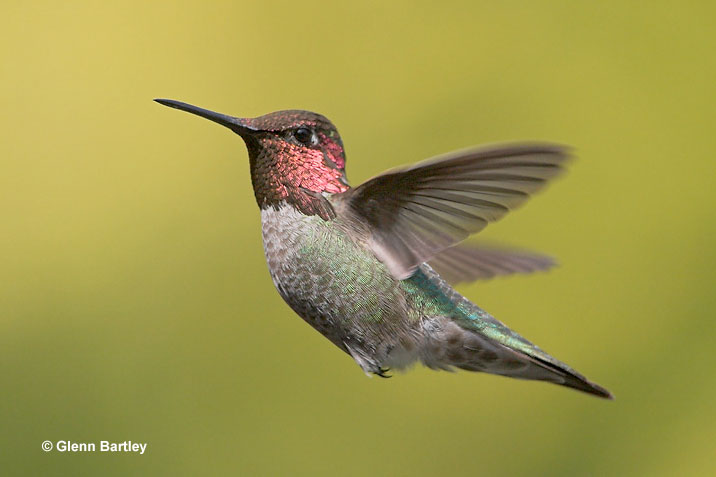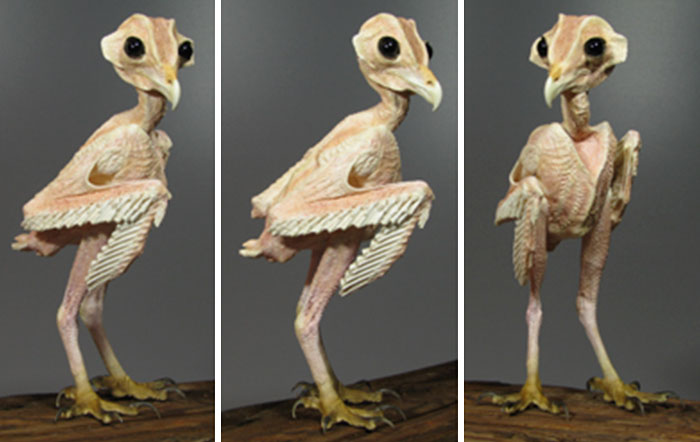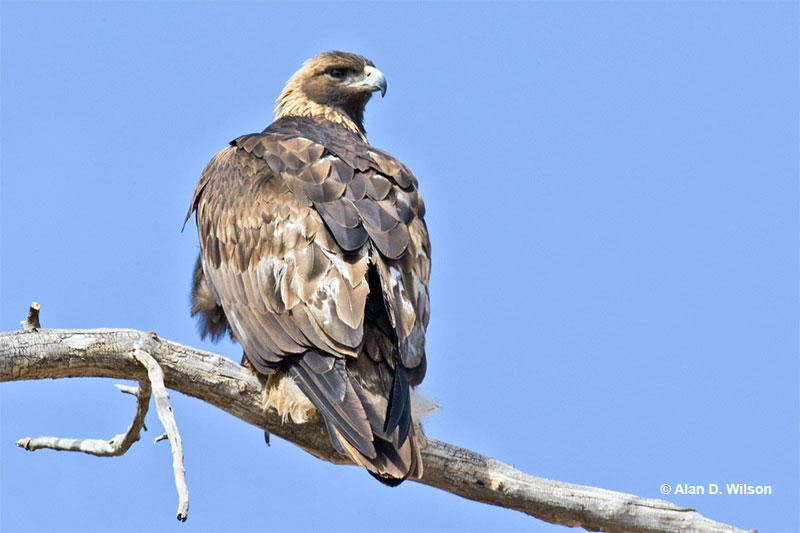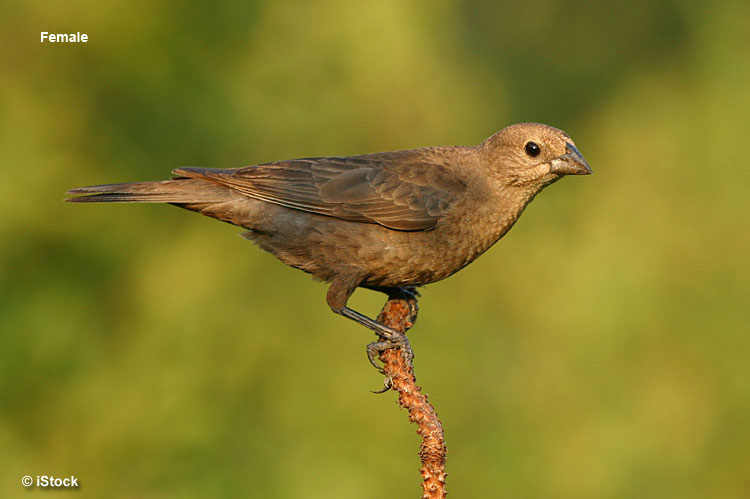Birds love to visit feeders and we love to feed them! I see woodpeckers, Blue Jays, sparrows, and other bird species eating seeds and peanuts … The post What Do Birds Eat? (Seed Types Included) appeared first on Birdzilla...
Birds love to visit feeders and we love to feed them! I see woodpeckers, Blue Jays, sparrows, and other bird species eating seeds and peanuts but what about birds that don’t visit feeders?
Warblers, flycatchers, raptors, and most bird species find food away from feeder situations. Although birdseed is an important food source for some species, especially in the winter, feeder birds also eat other types of food.
So, what exactly do birds eat? See answers in this article!
What Do Birds Mostly Eat?
Birds eat a lot more than seeds. Yes, some species are adapted to eating seeds and these are the ones we see the most at our feeders. However, just as birds have evolved to live everywhere from Arctic tundra to hot, humid rainforests and undulating grasslands, they also have extremely varied diets.
For example, birds like hawks and eagles are carnivorous. These and other raptors mostly eat mammals, birds, and other animals that they catch and kill. Shrikes are carnivores, too, but also eat insects.
Speaking of insects, I can’t overstate how important they are for birds. Bugs and other arthropods actually make up the bulk of most bird diets!
While warblers, vireos, and flycatchers can’t live without them, most feeder birds need bugs too.
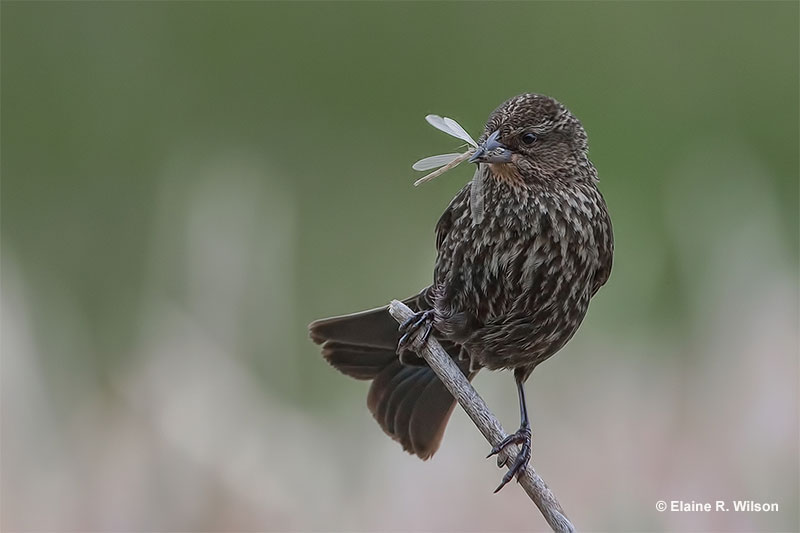
Insects and other arthropods provide vital protein for Northern Cardinals, sparrows, and other species, especially in the summer months and when they are babies. In fact, without insects, most baby birds would die. We really need to keep that in mind before we use pesticides, kill bugs, and rake leaves in our backyards.
Some aquatic birds eat insects, too, while birds like Ospreys, pelicans, terns, and mergansers only eat fish. Various aquatic birds also feed on mollusks and crustaceans while geese and some duck species eat grass and other plants!
Berries and fruits are also important for the Phainopepla, thrushes, and many tropical birds while some birds only eat carrion.
In general, birds eat just about every possible type of food including items from the following list:
Peanuts, acorns, and other nuts Sunflower seeds and many other types of seeds Flower buds, grass, and aquatic plants Flower nectar Insects and other arthropods Earthworms and marine worms Snails and other mollusks Berries and other types of fruit Mice, rabbits, and other mammals & rodents Lizards, snakes, and other reptiles Other birds Fish Carrion
Seeds & Nuts
Seeds and nuts are vital sources of food for a variety of bird species, especially the ones that visit bird feeders. In the wild, goldfinches, siskins, and some other small finch-like birds love to feed on the seeds of thistle, sunflower, and other “weedy” plants.
They also forage for Alder seeds, while sparrows, Snow Buntings, longspurs, and juncos pick up many different types of small seeds from the ground. Grosbeaks and other birds with strong beaks prefer larger and tougher seeds and crossbills only eat seeds picked from the cones of conifers.
Birds that like nuts tend to be woodpeckers and other species with strong, chisel-like beaks.
Such birds include jays, the Clark’s Nutcracker, Acorn Woodpecker and other woodpecker species, chickadees, and nuthatches. These birds forage for everything from acorns to pecans, pinyon nuts, and other native types of nuts.
Of course, many of these same birds visit our feeders. The following are some of the seeds and nuts that feeder birds like the most.
Sunflower seeds
Sunflower seeds are some of the most common and important bird feeder foods available. They have a distinctive slender shape where one end of the seed is pointed and come in two main varieties. The striped sunflower seed is pale with black stripes, while the other variety is entirely jet black.
Northern Cardinals, finches, and many other birds love both types of sunflower seeds because they act as an excellent, energy-rich food source. They are also easier to open than some other seeds, especially the thin-shelled, black sunflower seed. The striped variety has a thicker shell that House Sparrows and grackles can have trouble opening.
Did you know: You can grow sunflowers at home, dry them, and then offer them to birds!
Safflower seeds
Safflower seeds are white or pale seeds shaped somewhat like a sunflower seed. However, they are thicker, have a rounded rather than pointed end, and also look more like some type of grain than a seed.
These tough seeds are favored by grosbeaks, Purple Finches, and other birds with strong, seed-cracking beaks. They are usually too tough for goldfinches, but cardinals love them!
Another benefit of using safflower seeds is that squirrels, House Sparrows, and European Starlings tend not to like them. That’s not always the case, but if you want to keep invasive bird species and squirrels away, safflower seeds are a good bet.
Thistle seed
Thistle seeds are small and slender seeds that can be dark brown or jet black.
Although it’s not native to North America, birds still love them and the imported seeds are treated to keep them from propagating. Various birds will eat them, but small finches are especially fond of this seed. Their small size and energy make them perfect for birds like goldfinches, Indigo Buntings, and Pine Siskins.
Milo
Milo are small, round seeds that grow in large bunches on the top of a Sorghum stalk. These small, rusty-brown seeds are an important food source for people in several parts of the world. They can also be beige or even golden-colored and act as excellent bird feed.
Although various types of birds will feed on Milo, it might work best at feeders in western North America. Spread it on or near the ground and Milo can attract Gambel’s Quail, thrashers, jays, and other birds happy to eat this abundant, energy-rich food.
However, be aware that cowbirds and some other possibly unwanted birds also love it.
Rapeseed
Rapeseed is a small black, rounded grain that comes from a “weedy” plant with bright yellow flowers. This plant is cultivated for the oil pressed from its seeds. It is also frequently included in birdseed mixes and is sometimes sold on its own.
Some birds like to eat it, especially ground-feeding species like juncos, quail, Mourning Doves, and finches. These species can probably tolerate the oils in the seed and use it as a valuable source of energy.
However, since cowbirds and House Sparrows also love Rapeseed, it might not be the best choice of seed for a feeder.
Shelled peanuts
Shelled peanuts are simply peanuts that have had their shells removed. Peanuts with shells will also work for various birds, but shelled ones attract lots more. Shelled peanuts can be offered whole or as bits of nuts.
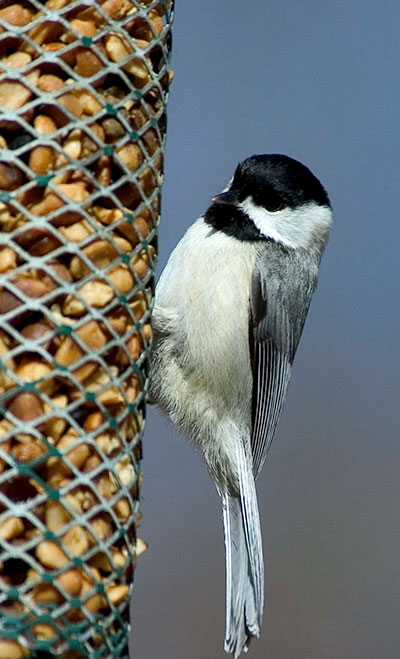
Either way, lots of birds like to eat them. As with other nuts and seeds, birds get valuable energy from eating peanuts, especially during harsh, cold weather.
Some of the birds that like peanuts the most are jays, crows, chickadees, and titmice. Woodpeckers and other birds will also take advantage of shelled peanuts, but they are also an excellent way to attract squirrels, raccoons, and other animals.
Acorns
Acorns have long been an important food source for many birds and other animals. These rounded nuts are easy to recognize, especially when they are topped with their small woody cap.
Birds and other animals love acorns because they act as an easy, energy-rich source of food. Even better, they are one of the few foods that animals can also store or “cache” for later use.
Acorn Woodpeckers and jay species hide acorns in this manner and of course love feeders that have them. Band-tailed Pigeons and some other birds that don’t visit feeders (such as Wood Ducks) will also eat acorns.
Walnuts
Walnuts are popular ingredients in muffins and cakes, but birds like them too! Although some birds can break into the shells of these pale brown, rounded nuts, before offering them to birds, they should be shelled.
After removing the shell, walnuts are usually broken into small pieces and mixed with bits of peanuts and seeds. Birds love to eat walnuts because these fatty nuts are a fantastic source of energy.
Many species will eat them, including chickadees, Blue Jays and other jay species, woodpeckers, pigeons, and other species. Just keep in mind that squirrels also love walnuts, shelled or not.
Fruit
Fruit is another important type of food for birds. Although we might not associate birds with fruit, in tropical areas, many bird species eat fruit including toucans, tanagers, chachalacas, and other species.
In fact, when I see bird feeders in Costa Rica, they don’t have seeds. Dozens of birds come to the feeder for pieces of papaya and other fruits! These species even include familiar birds like wintering Baltimore Orioles, Great Kiskadees, and a warbler or two.
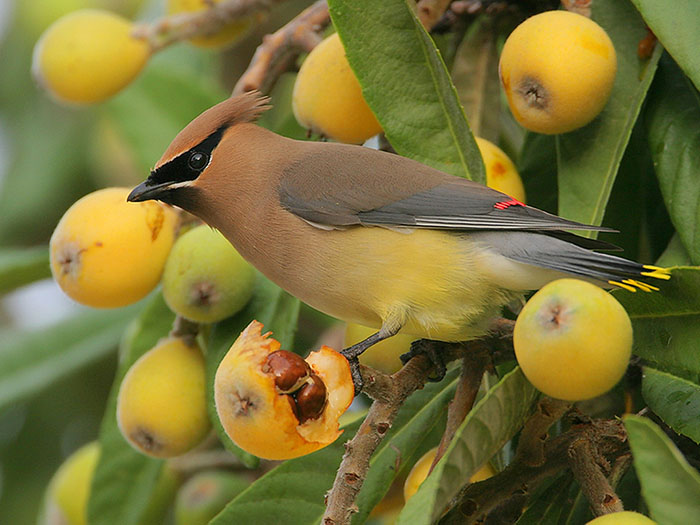
Although fruit feeders don’t work as well in North America, there are still a lot more birds feeding on fruits than many people realize. Flocks of Cedar Waxwings, a common bird in many areas, flock to fruiting trees, and Phainopeplas mostly forage at fruiting mistletoes.
For many species, fruit is an especially important food source during the winter. In cold weather, fruit helps American Robins, all three bluebird species, Yellow-rumped Warblers, Northern Cardinals, and various other birds survive.
Insects
A high percentage of birds eat insects. So many eat them, we could probably say that insects are the perfect food for birds. From time to time, even birds that mostly feed seeds, fruit, and mice also catch insects. During the breeding season, many of these birds catch dozens of bugs to bring to their young.
The reason so many birds eat insects is because arthropods are an excellent, abundant, and easy source of protein.
Insects like spiders, ants, grasshoppers, beetles, and caterpilalrs are some of the most preferred bugs.
Species that only feed on insects and arthropods include warblers, vireos, flycatchers, wrens, and gnatcatchers. They all catch them in different ways and in different types of habitats. However, two of the most common insect-catching strategies are known as “gleaning” and “flycatching.”
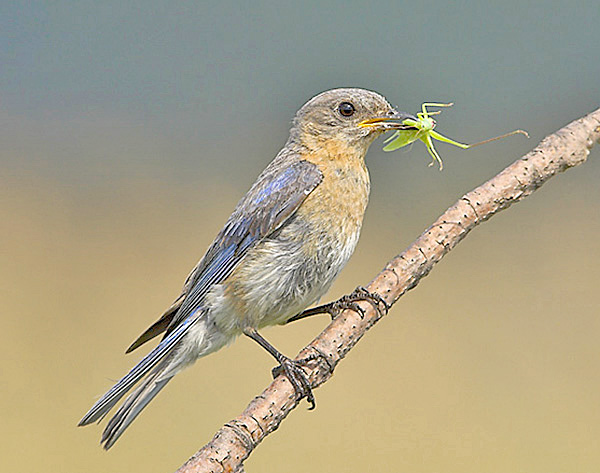
Warblers and other small birds glean by simply picking insects off foliage, branches, and tree trunks. Birds that “flycatch” usually watch from a perch and then fly into the air to snatch the bug in flight.
Thrushes, towhees, and other birds also prey on insects by using their beaks and feet to move leaves on the ground. When they reveal a hidden bug, they pounce on it.
At feeders, we can feed insectivorous birds by providing them with mealworms. Bluebirds and lots of other birds love them!
Carnivores
Carnivorous birds are species that mostly feed on meat. They eat meat because they have evolved to make use of this food source.
For the most part, these birds are raptors such as eagles, Red-tailed Hawks and other hawk species, and owls. All of these birds have sharp, hooked beaks, needle-like talons, and other adaptations to catch prey.
The jaegers and skuas are another group of carnivorous birds. Unlike other seabirds that feed on fish, the gull-like jaegers have strong, hooked beaks to help them catch lemmings, small birds, and other small animals. In addition, they also steal food from terns and gulls.
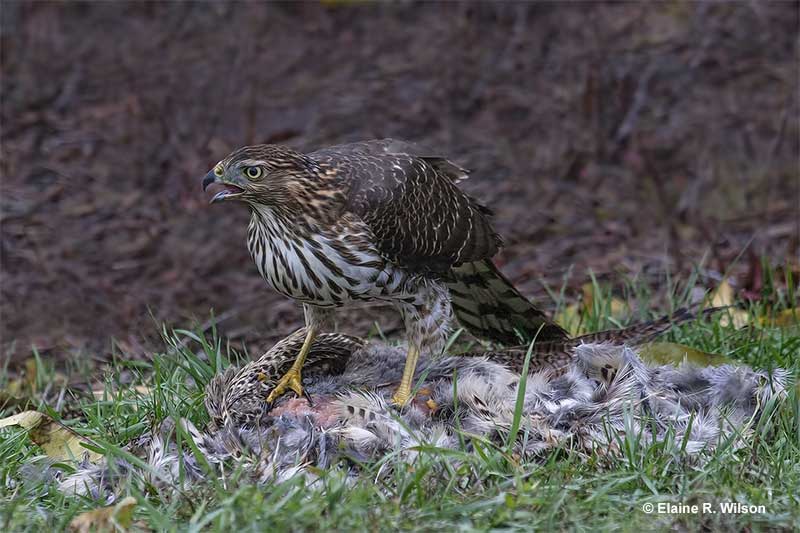
Birds of prey can even hunt down other birds.
Birds such as herons, storks, shrikes, gulls, and rails can also be carnivorous. Many birds in these families opportunistically catch mice and other small animals in addition to insects.
Some birds that feed on fruits, seeds, and nuts can also eat small animals. Crows, jays, magpies, and toucans in particular, can be quite carnivorous. If they get the chance, all these birds will catch and eat mice, lizards, and other small animals. Most of all, though, they eat the eggs and nestlings of other birds.
They aren’t the only birds that attack nests either. Grackles, some woodpeckers, Ruddy Turnstones, and even meadowlarks occasionally attack nests of other bird species!
Frequently Asked Questions
What do wild birds eat?
Wild birds eat seeds, fruit, insects, fish, small animals, and carrion.
What do birds eat in the winter?
In the winter, birds eat berries, nuts, seeds, and small animals.
What do bluebirds eat?
Bluebirds eat insects and other small creatures in the summer, and berries in the winter.
What do hummingbirds eat?
Hummingbirds eat nectar and small insects.
What do cardinals eat?
Cardinals eat insects and seeds, especially sunflower seeds.
What do woodpeckers eat?
Woodpeckers eat grubs, insects, other small animals, seeds, and nuts.
What do robins eat?
Robins eat worms, insects, and berries.
What do Blue Jays eat?
Blue Jays eat acorns, peanuts, other seeds, berries, insects, and small creatures.
What do hawks eat?
Hawks eat small mammals, such as mice, squirrels, snakes, frogs, lizards, various birds, and other small animals.
The post What Do Birds Eat? (Seed Types Included) appeared first on Birdzilla - Enjoyin' Birds.




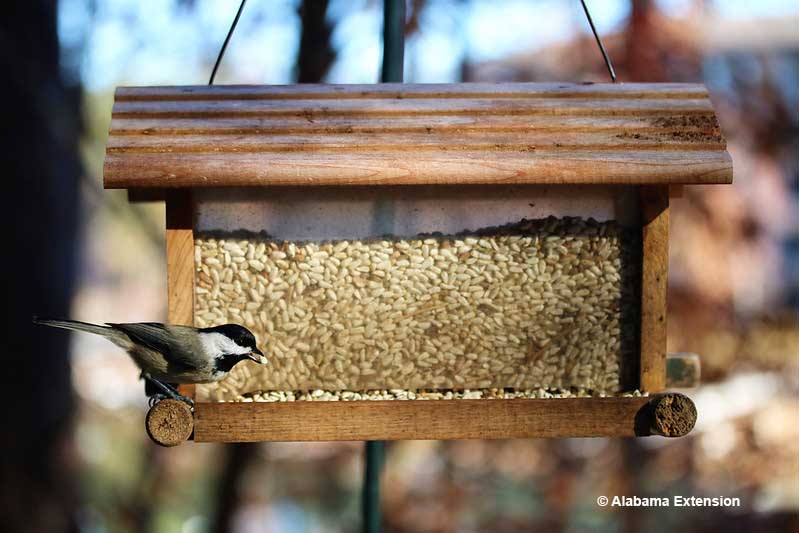


![North Carolina’s Owls: 6 Common Species [ID Guide]](https://www.birdzilla.com/wp-content/uploads/2023/02/barred-owl-gl.jpg)
